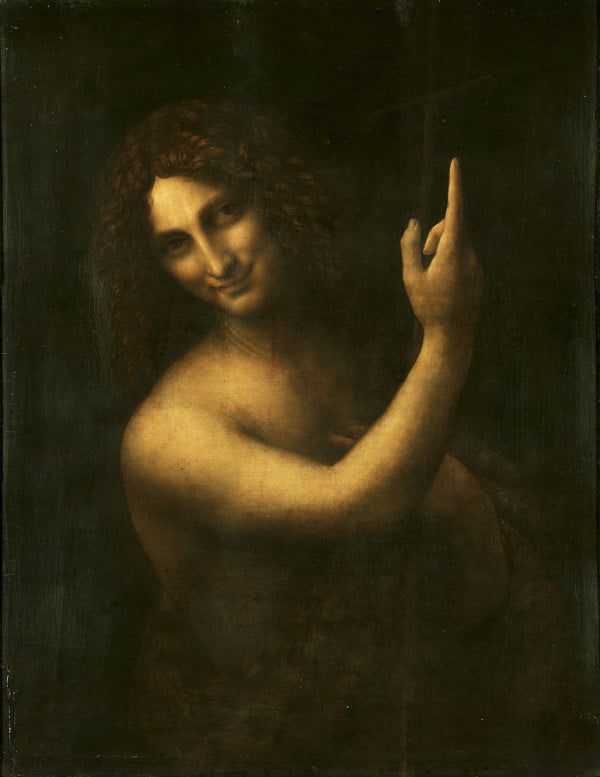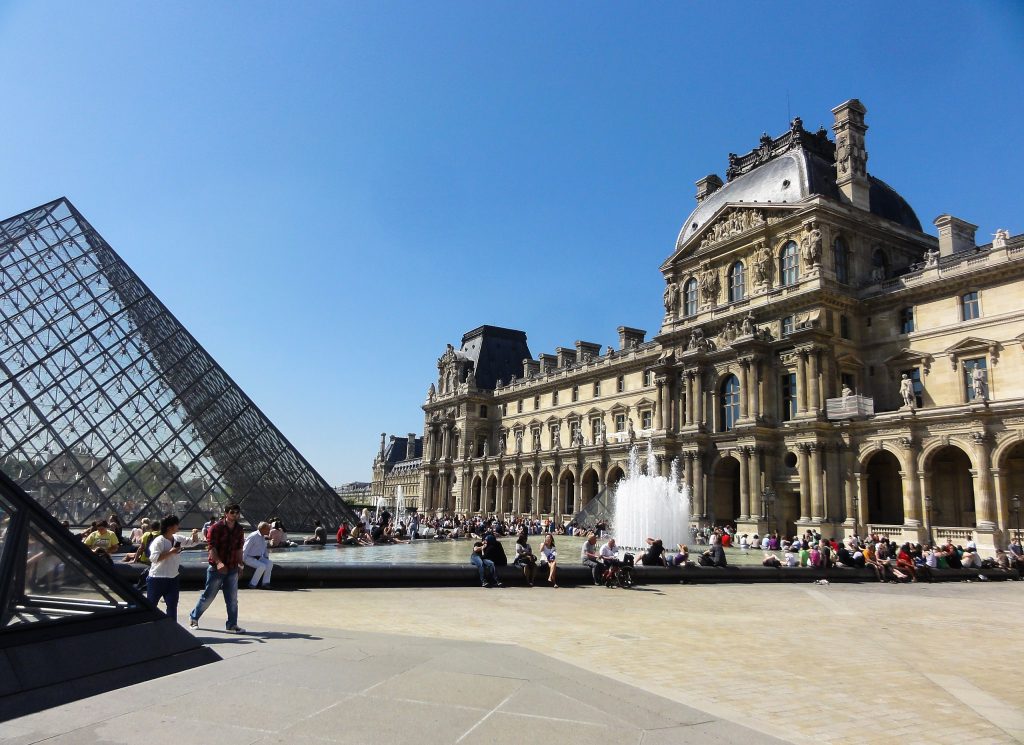Art World
Louvre Unveils Controversial Restoration of Leonardo Da Vinci Masterpiece
Experts feared restoration would ruin the painting.

Experts feared restoration would ruin the painting.

Lorena Muñoz-Alonso

On Wednesday, the Louvre Museum in Paris will unveil the hotly-anticipated restoration of Leonardo da Vinci’s St. John the Baptist (1513). The painting is considered one of the masterpieces the legendary artist crafted in his mature years.
The restoration, however—which was undertaken by the Centre de Recherche et de Restauration des Musées de France, and took nine months—was not met without controversy when it was first announced in January.
Back then, some professionals complained that other Da Vinci paintings had been excessively lightened in previous restoration efforts. In 2012, for example, two art conservation experts on the panel advising the restoration of Da Vinci’s The Virgin and Child With Saint Anne (1503) resigned in protest over the methods employed.
The Louvre, however, responded earlier this year saying that the first restoration of St. John the Baptist in over 200 years was completely necessary, because the surface has darkened significantly since its last cleaning in 1802.

The Louvre Museum, Paris. Photo by Guillaume Speurt, Creative Commons Attribution-Share Alike 2.0 Generic license.
The results are about to see the light, literally. Le Figaro reports that as many as half of the 15 varnish layers, accumulated and oxidized over time, have been carefully removed.
The panel has regained some of its clarity, and Da Vinci’s famous sfumato technique is now visible. Details of some of the motifs in the painting have now resurfaced, including the cross, the saint’s curly hair, and his fur pelt.
What the anxious restoration experts will have to say about the results later this week remains to be seen. The public, meanwhile, will be able to enjoy the brighter, restored version of St. John the Baptist in the museum’s Grand Gallery.